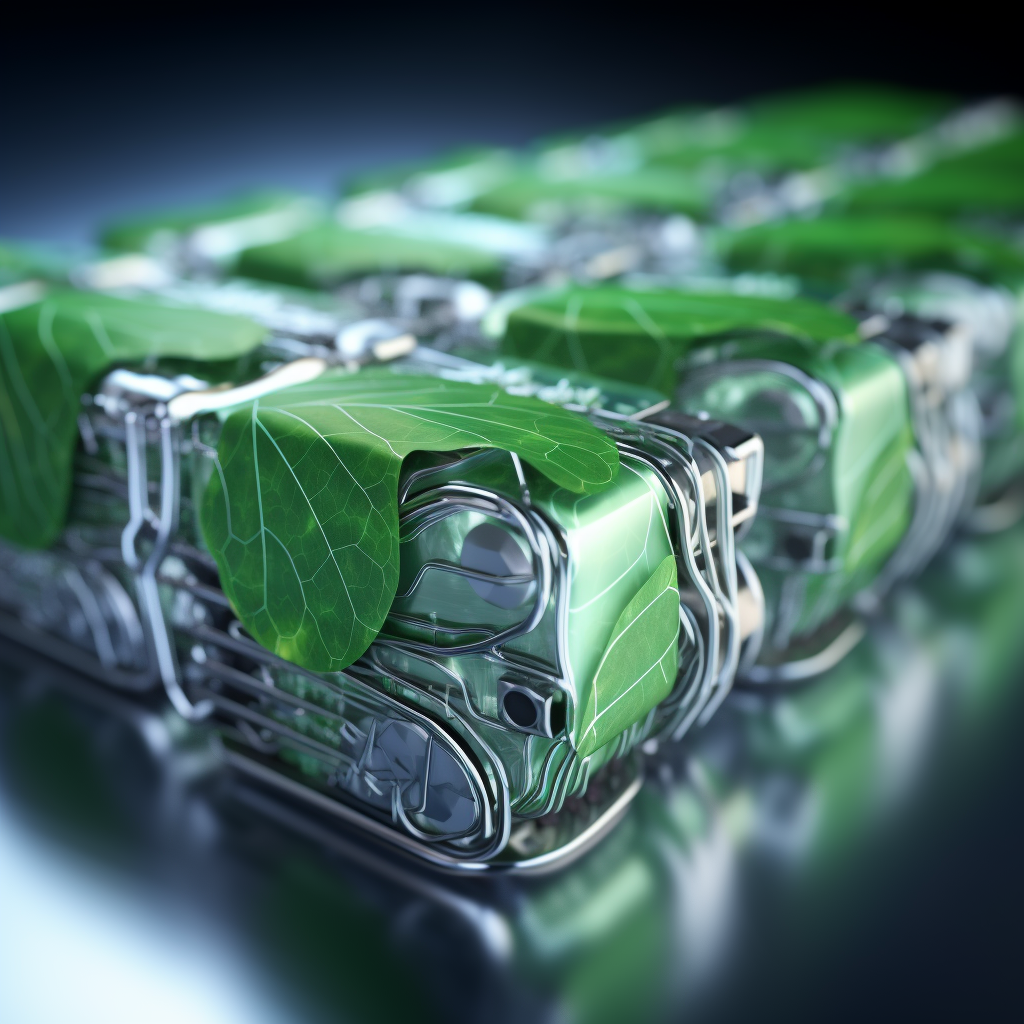Your shopping cart is empty!
MENU
- +
- Laptop Batteries +
- Laptop AC Adapter Charger +
-
Special+
Special Offers
- +

As the world moves towards sustainable energy solutions, the need for efficient and eco-friendly energy storage becomes more crucial than ever. Among the various types of batteries available, water-based batteries and lithium-ion batteries have emerged as two strong contenders. In this article, we will delve into the world of these two energy storage technologies, comparing and contrasting their advantages and disadvantages. We will also explore how they can complement each other to create a more sustainable energy future. So, let's dive in!
1. Introduction
Energy storage is a critical component of the global transition to renewable energy sources. As countries increasingly adopt solar, wind, and other clean energy solutions, the demand for efficient and environmentally friendly batteries is on the rise. Water-based batteries and lithium-ion batteries are two promising technologies that offer unique benefits and challenges. In this article, we will explore the characteristics, advantages, and disadvantages of these two battery types, and discuss how they can work together to create a more sustainable energy future.
2. Water-Based Batteries: An Overview
Water-based batteries, also known as aqueous batteries, use water-soluble electrolytes to store and release energy. These batteries have gained attention for their potential to provide a safer, more environmentally friendly alternative to traditional battery technologies.
2.1 Types of Water-Based Batteries
There are several types of water-based batteries, including:
2.2 Advantages of Water-Based Batteries
Water-based batteries offer several advantages over traditional battery technologies:
2.3 Disadvantages of Water-Based Batteries
Despite their benefits, water-based batteries also have some drawbacks:
3. Lithium-Ion Batteries: An Overview
Lithium-ion batteries are a widely used energy storage technology, known for their high energy density and long cycle life. They are commonly found in consumer electronics, electric vehicles, and renewable energy systems.
3.1 Types of Lithium-Ion Batteries
There are different types of lithium-ion batteries, each with unique characteristics:
3.2 Advantages of Lithium-Ion Batteries
Lithium-ion batteries have several advantages over other battery technologies:
3.3 Disadvantages of Lithium-Ion Batteries
Despite their benefits, lithium-ion batteries also have some drawbacks:
4. Comparing Water-Based and Lithium-Ion Batteries: The Key Factors
When considering the suitability of water-based and lithium-ion batteries for sustainable energy storage, several factors come into play:
4.1 Energy Density
Lithium-ion batteries generally have a higher energy density than their water-based counterparts. This means they can store more energy in a smaller, lighter package, making them ideal for portable electronics and electric vehicles. However, the lower energy density of water-based batteries may be less of a concern for stationary energy storage applications, where space constraints are not as critical.
4.2 Cycle Life
Both water-based and lithium-ion batteries can offer long cycle life, depending on the specific battery chemistry and design. Flow batteries, a type of water-based battery, are known for their exceptional cycle life, making them suitable for large-scale energy storage. On the other hand, lithium-ion batteries with LiFePO4 chemistry can also provide thousands of charge cycles, making them a reliable choice for various applications.
4.3 Cost
The cost of batteries is a critical factor in determining their viability for sustainable energy storage. Water-based batteries, particularly those using sodium as the charge carrier, have the potential for lower costs due to the abundance and affordability of sodium. Lithium-ion batteries, while more expensive, have seen significant cost reductions in recent years, making them more accessible for a wider range of applications.
4.4 Safety
Water-based batteries generally offer improved safety compared to lithium-ion batteries, thanks to their non-flammable, water-soluble electrolytes. The risk of fires and explosions is significantly reduced with water-based batteries, making them a safer choice for various applications, especially in situations where safety is a primary concern.
4.5 Environmental Impact
Water-based batteries have a lower environmental impact compared to lithium-ion batteries, due to their use of water-based electrolytes and the potential to reduce reliance on scarce and environmentally harmful materials. However, both types of batteries have the potential to contribute positively to a sustainable energy future if proper recycling and disposal methods are implemented.
5. How Can Water-Based and Lithium-Ion Batteries Work Together for a Sustainable Energy Future?
Both water-based and lithium-ion batteries have unique advantages and disadvantages, and their use in sustainable energy storage will likely depend on the specific application and requirements. In some cases, water-based batteries may be more suitable, while lithium-ion batteries may be the better choice in others.
By leveraging the strengths of both battery technologies, we can create a more sustainable and resilient energy storage ecosystem. For example, water-based batteries could be used for large-scale grid storage, providing safe and scalable energy storage solutions, while lithium-ion batteries continue to power portable electronics and electric vehicles.
Additionally, continued research and development in both water-based and lithium-ion battery technologies will likely lead to further improvements in safety, performance, and environmental impact, making them even more viable options for sustainable energy storage in the future.
6. Conclusion
In conclusion, both water-based and lithium-ion batteries have the potential to contribute to a more sustainable energy future, depending on the specific application and requirements. By understanding the advantages and disadvantages of each technology and leveraging their strengths, we can make informed decisions about the best energy storage solutions for our needs, ultimately moving towards a more sustainable and eco-friendly world.